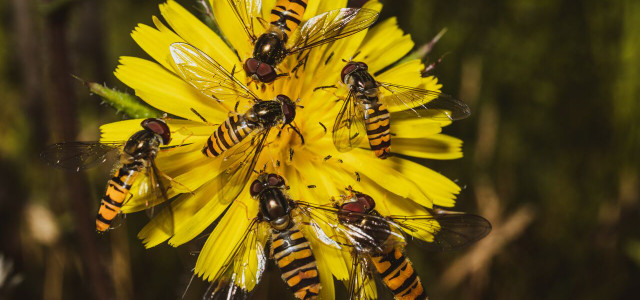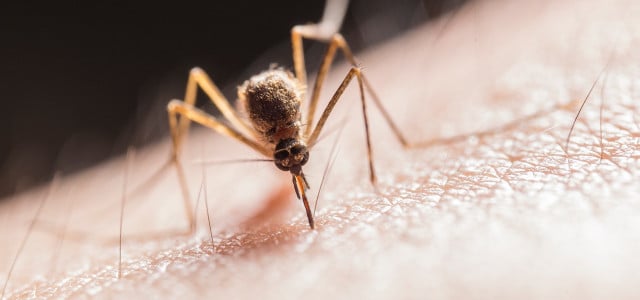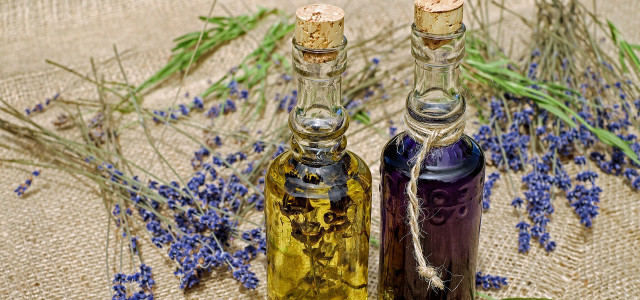As the weather turns warmer and activities start moving outdoors, consider using wasp-repellent plants as a safe and sustainable way to deter uninvited guests.
With apologies to entomologists, it’s safe to say that wasps are among the most universally reviled of our fellow creatures. It’s not hard to see why: they’re aggressive, their stings are painful (and, to millions of Americans, potentially lethal), and they tend to disrupt our favorite summer pastimes. Wasps are important to the environment, but that doesn’t mean we want them near our swimming pools, patios and barbecues.
There are plenty of simple and well-known ways to avoid attracting wasps, and we also have a guide on how to safely get rid of wasps once they’ve already arrived. However, the best defense is a good offense — in this case, a sustainable strategy for keeping wasps out of your space in the first place. Fortunately, there’s a safe, easy and aesthetically pleasing way to deter these pesky predators without resorting to harmful chemicals: strategically using wasp-repellent plants.
Wasp-Repellent Plants: How Do They Work?
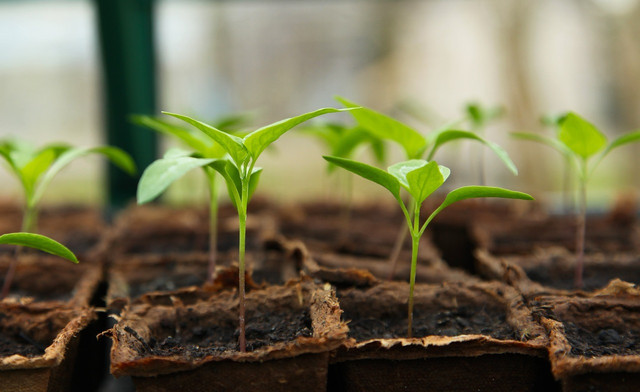
Certain plants have evolved the ability to defend themselves against wasps by releasing chemicals that they can’t stand. These wasp-repellent plants emit an olfactory “force field” that repels wasps as soon as they detect it. If you incorporate these plants into your outdoor spaces, you can harness the power of nature to create no-wasp zones and give your garden a glow-up at the same time.
There is no shortage of plants to choose from, and each has unique benefits, along with its power to ward off wasps. Without further ado, let’s meet our contestants.
1. Basil
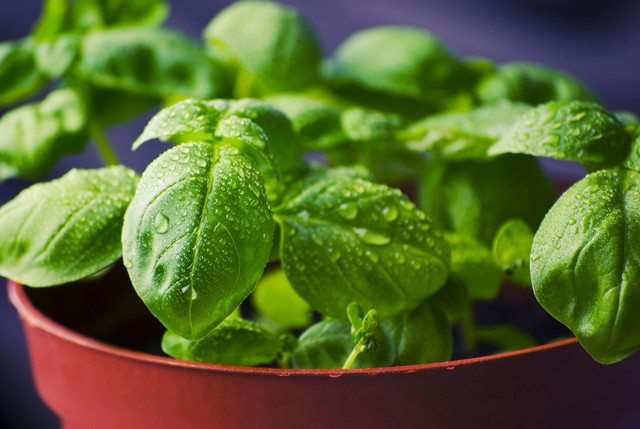


Basil leaves contain essential oils traditionally used to treat insect bites; anecdotally, the very scent of these oils alone is repugnant to wasps and other insects. Crushing the leaves releases a plume of fragrance, as every cook knows; fortunately for us, wasps can pick up the scent from undamaged leaves as they’re growing, which makes basil a highly effective deterrent.
However, once it starts blooming, flowering basil can have the opposite of the intended effect and end up attracting insects. As your basil grows, be sure to pinch off any buds before they bloom to prevent these wasp-repellent plants from becoming wasp attractants.
Did you know basil is a great candidate for your kitchen herb garden too?
2. Citronella
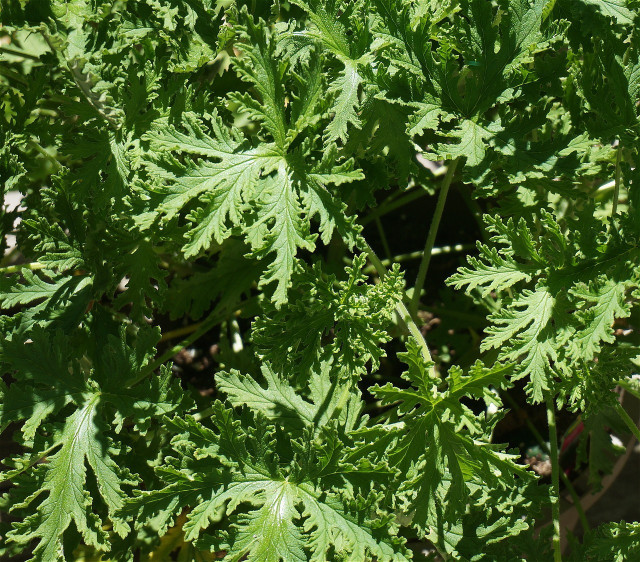


Many people know citronella as a tried-and-true method for repelling mosquitoes, but its essential oil can also do double duty as an effective wasp deterrent. Soak cotton balls in citronella oil and place them strategically around your chosen area to enjoy freedom from both kinds of airborne pests. Citronella candles can also do the trick and provide mood lighting, although their efficacy is not as well-established as the cotton ball method.
One caveat is that citronella is toxic to pets. While it’s safe for humans, animals should be kept away from citronella products, so you may want to consider using other wasp-repellent plants if you have pets to consider.
3. Wasp-Repellent Plants: Eucalyptus
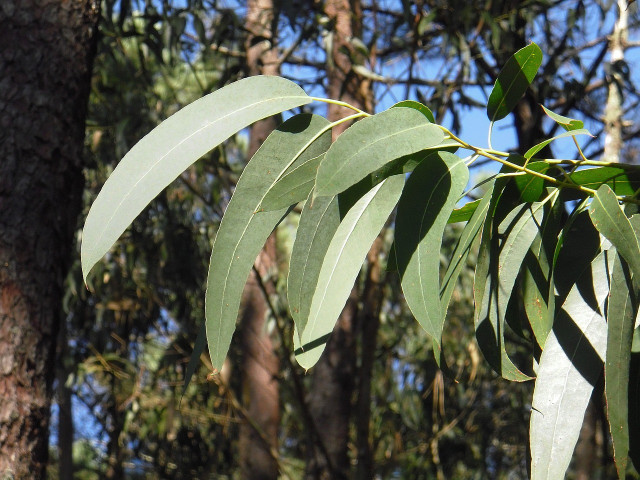


Wasps loathe eucalyptus’s sharp and camphorous scent as much as koalas love it. The eucalyptus is a hardy tree with a speedy growth rate and high drought tolerance, and its characteristic aroma will keep wasps at bay. However, its tendency to grow quite large means you’ll want to keep spatial constraints in mind.
While the mere presence of eucalyptus trees will tell wasps they’re not welcome, you can focus and maximize the effect of these wasp-repellent plants by diluting eucalyptus oil with water in a spray bottle. Give your setting a liberal spritzing before you fire up the barbecue or open the wine, and enjoy a pleasantly aromatic embargo on wasps that you can refresh as needed.
Note: Eucalyptus grows very rapidly; since you’ll probably have to do a fair bit of pruning anyway, why not dry the cuttings so you can use its aroma inside your home as well?
4. Lemongrass
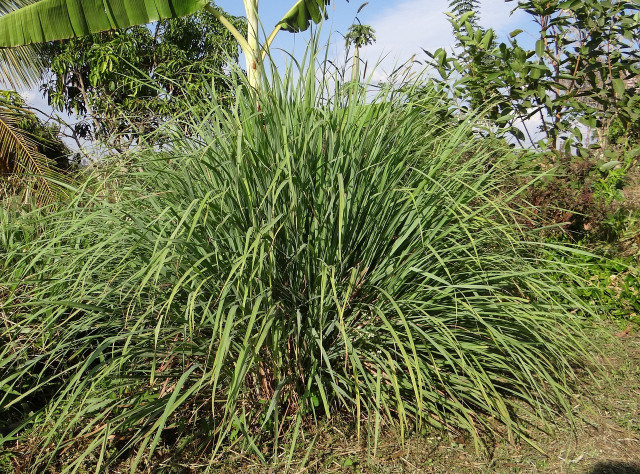


Well known for its culinary and medicinal uses, lemongrass is also an effective wasp-repellent plant thanks to its citrusy aroma. Plant it around the desired location to cultivate an aromatic atmosphere that will offend the sensibilities of wasps (and other insects) and advise them against invading your space.
If you cultivate lemongrass, be advised that it can cause gastric distress in dogs. So if you’re a pet owner, you may want to take a different approach unless you’re prepared to be extra vigilant on behalf of your animal companions.
5. Marigolds



Beneath their pleasingly benign exterior, marigolds contain a compound called pyrethrum which is like kryptonite to insects, including wasps. As versatile as they are visually appealing, marigolds come in numerous types: short bedding varieties grow only four to six inches tall, while others can grow up to 48 inches.
While this makes them a wasp-repellent plant suitable for just about any garden space, some precautions should be taken when considering where to plant, as marigolds can be toxic to animals if consumed in large quantities. If your pets can resist the temptation, marigolds can protect your space from wasps and enliven it with their vibrant appearance.
6. Wasp-Repellent Plants: Pennyroyal
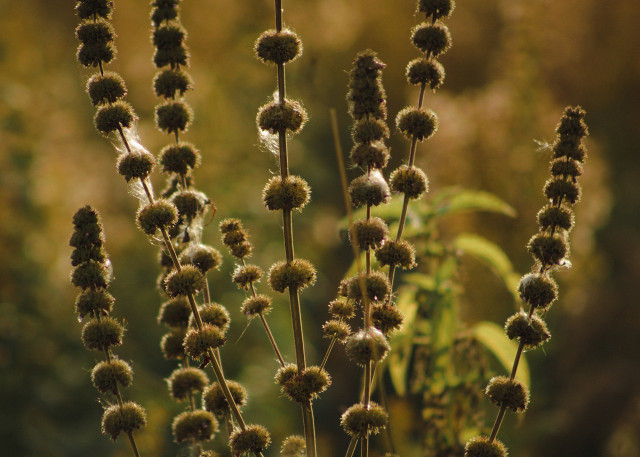


The refreshingly minty scent of pennyroyal is an effective deterrent against wasps and other pests. However, its power as a wasp repellent comes with an armload of caveats. For one, it has a habit of spreading assertively, so if you plant it, you may want to use pots to rein in its invasive tendencies.
Even more important to note is that while pennyroyal has a long history of various medicinal uses, ingesting it can result in liver and kidney damage, and even handling it may induce complications in pregnant women. Users who prefer to deal with fewer risks may want to consider other wasp-repellent plants as alternatives to pennyroyal; in any case, you should take precautions when cultivating it for any purpose.
7. Spearmint
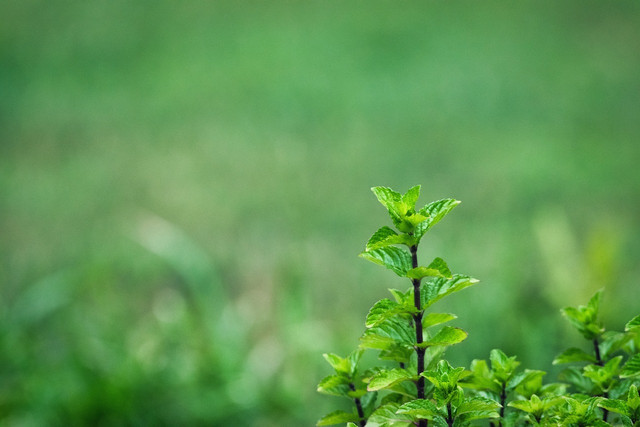


Another member of the mint family, spearmint’s strong fragrance makes it a powerful wasp-repellent plant. Spearmint can thrive in full sun or partial shade, and this versatility means you can grow mint to suit your gardening setup.
However, like its cousin, pennyroyal, spearmint grows rapidly. It can become invasive if not properly controlled, so strategic potting is recommended to make the most of this plant’s wasp-repellent properties while preventing it from taking over your garden. Unlike pennyroyal, spearmint is relatively safe for consumption (in limited quantities).
8. Wasp-Repellent Plants: Wormwood
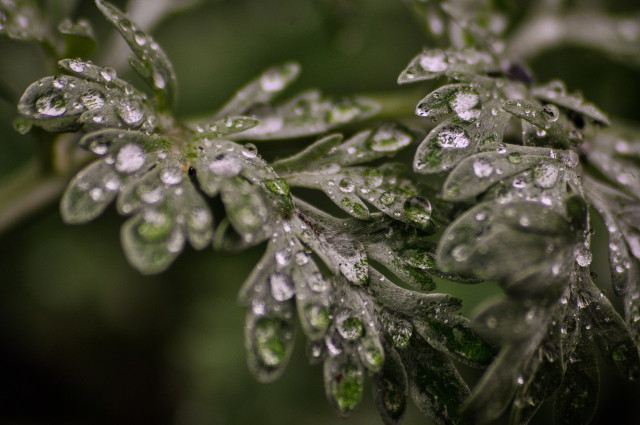


The compound alpha-thujone — the one that gives absinthe its uniquely intoxicating properties — is the same one that makes wormwood an effective wasp-repellent plant. When the plant’s leaves are disturbed, they emit a scent that signals danger to wasps; as it can grow up to two feet tall and three feet wide, it can serve as a warning against winged intruders as well as an attractive addition to your landscape.
A robust perennial, it thrives in well-drained locations with lots of sun. Just make sure no small children or animals will have access to it, as wormwood can be highly toxic if consumed in excess.
Did you know that wormwood tea is an effective natural remedy for gastrointestinal discomfort?
Toxicity of Wasp-Repellent Plants
It’s important to note that many of these wasp-repellent plants can be toxic if ingested in sufficient quantities. If you have small children or pets, some of the plants listed above may not be suitable for your garden. That said, if you take the proper precautions, one or more of these plants can be an effective natural way to keep wasps at bay.
Read more:
- Natural Ant Repellent: How to Get Rid of Ants Naturally
- The 12 Best Plants to Naturally Repel Mosquitoes
- Are Bumble Bees Dangerous? Facts & Safety Tips
Do you like this post?






